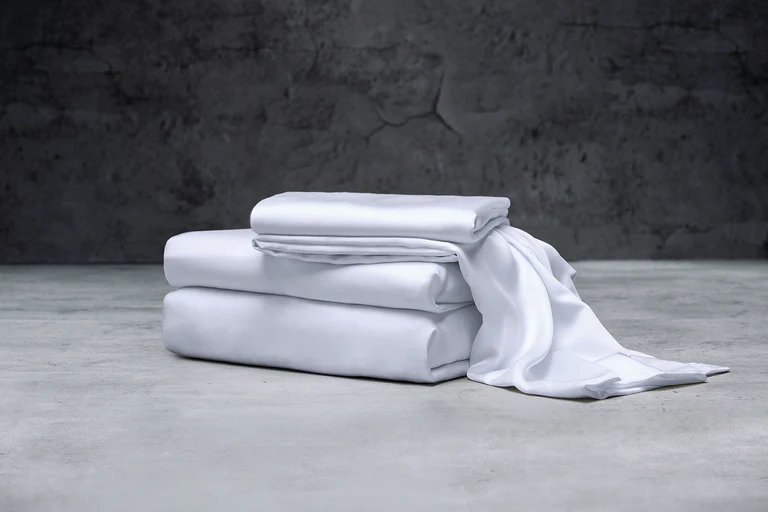تستخدم الأقمشة عالية التقنية تقنيات مبتكرة لتبريدك عند التسخين عن طريق تعزيز التهوية, قدرات امتصاص الرطوبة, and heat dissipation. Here are some common ways high-tech fabrics achieve this cooling effect:
- Moisture-Wicking Properties: High-tech fabrics often incorporate moisture-wicking properties, which means they can quickly draw sweat and moisture away from your skin. When you sweat, the fabric pulls the moisture to the outer surface of the fabric, where it can evaporate more easily. This process helps to keep you dry and comfortable during physical activities or hot weather.
- Breathability and Ventilation: Many high-tech fabrics are designed with increased breathability and ventilation. They feature advanced microstructures or mesh-like constructions that allow air to circulate more effectively, facilitating heat exchange between your body and the surrounding environment.
- Phase Change Materials (PCM): Some high-tech fabrics are embedded with PCM, which can absorb, store, and release heat as needed. PCM works by changing its state from solid to liquid or vice versa, absorbing heat when you’re warm and releasing it when you start to cool down, helping to maintain a comfortable temperature.
- Cooling Gel or Microcapsules: Certain fabrics may contain cooling gel or microcapsules that release a cooling sensation when pressure or body heat is applied. These fabrics can provide an immediate cooling effect, making them ideal for products like cooling pillowcases or mattress covers.
- Infrared Reflective Technology: High-tech fabrics with infrared reflective technology are designed to reflect the infrared radiation emitted by your body. By reflecting this heat away, the fabric helps to keep you cooler.
- Nanotechnology: Some fabrics are treated with nanotechnology to create a cooling effect. Nano-coatings can help to enhance the fabric’s moisture-wicking capabilities and provide a cooling sensation on contact with sweat or moisture.
- Thermal Regulation Coating: Fabrics coated with thermal regulation technology can adapt to changes in temperature. They respond to the temperature of your body or the environment, adjusting their properties to keep you cooler when it’s hot and warmer when it’s cold.
